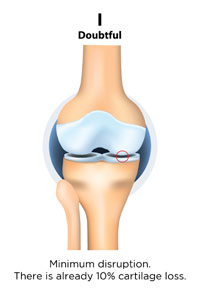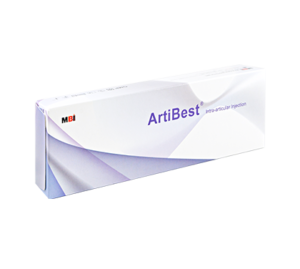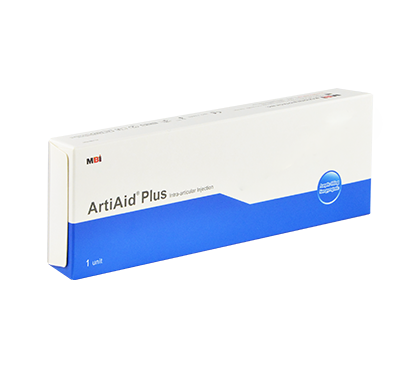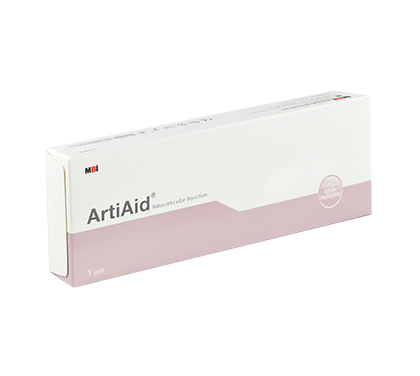

Introduction and Definition
Osteoarthritis is a chronic (long-lasting) disease, the most common form of arthritis.
Osteoarthritis is a degenerative or “wear-and-tear” condition that occurs in all the joint tissues (cartilage, bone, muscles and ligaments) of an affected joint. Osteoarthritis commonly affects knees, hands, and hips.
There is no cure for osteoarthritis, but there are treatment options available to help reduce pain, improve function, and in some cases, delay disease progression.
What cause Osteoarthritis?
Osteoarthritis caused by joint damage typically catches up with people around middle age, but it can strike at any age, even in young adults.
Risk factors that can contribute to the development of osteoarthritis include:
- Obesity
- Repetitive stress from sports or certain occupations
- Metabolic disorders
- Genetics
- Aging
- Joint injury
How Osteoarthritis damage your knees?

Stage 1 (Doubtful) OA:
Minimum disruption. There is already 10% cartilage loss. Very likely, a person with stage 1 osteoarthritis, is not experiencing any pain or discomfort as a result of the very minor wear on the components of the joint.

Stage 2 (Mild) OA:
Joint-space narrowing. The cartilage to begin breaking down. Occurrence of osteophytes. This is the stage where people may first begin experiencing symptoms. Pain after a long day of walking or running, greater stiffness in the joint when it’s not used for several hours, tenderness when kneeling or bending.

Stage 3 (Moderate) OA:
Moderate joint-space reduction. Gaps in the cartilage can expand until they reach the bone. People with stage 3 OA of the knee are likely experiencing frequent pain when walking, running, bending, or kneeling.

Stage 4 (Severe) OA:
Joint-space greatly reduced. 60% of the cartilage is already lost. Large osteophytes. People in stage 4 OA of the knee experience great pain and discomfort when walking or moving the joint.
How Osteoarthritis diagnosis?
If you begin to experience any osteoarthritis symptoms, don’t wait. It is important to see your doctor and get a proper diagnosis right away.
Diagnosing osteoarthritis usually involves four steps:
- Medical history: This is your doctor’s best tool in diagnosing osteoarthritis. Talk to your doctor about your symptoms, family history, and past medical conditions.
- Physical examination: Your doctor will look for typical signs of osteoarthritis, such as joint swelling or tenderness, and a loss in the range of motion.
- Joint fluid sample: After applying a local anesthetic, your doctor may take a small amount of fluid from your joint, called synovial fluid. A lab test of this fluid can help confirm the diagnosis of osteoarthritis and rule out other conditions.
- X-rays or MRIs: These images can show damage inside the joint. Your doctor will be looking for the deterioration of cartilage tissue that is typical with osteoarthritis.


